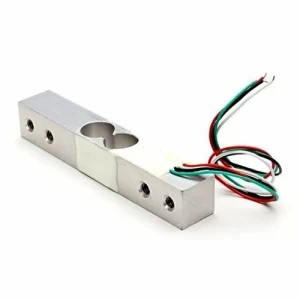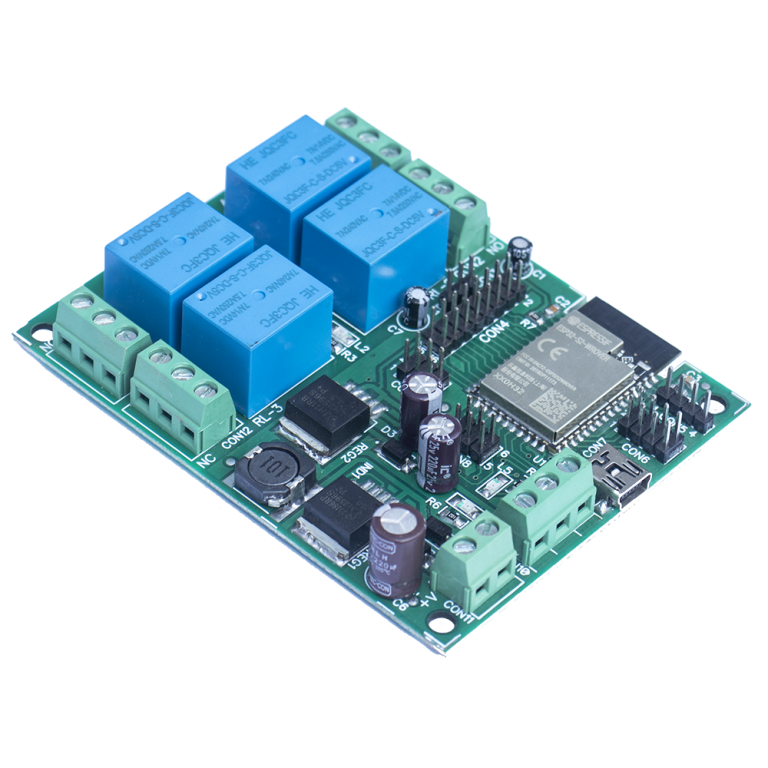Unveiling the Benefits and Drawbacks of Arduino in Embedded Systems
Exploring the Advantages of Arduino in Embedded Systems
1. User-Friendly Interface
One of the standout advantages of incorporating Arduino in embedded systems is its user-friendly interface. The Arduino IDE boasts a simple and intuitive editor equipped with features such as syntax highlighting, auto-completion, and code formatting. Uploading code to your device is a breeze with just a single click, eliminating concerns about drivers, compilers, or configuration files.
2. Portability and Compatibility
Arduino takes pride in its portability and compatibility. The cross-platform Arduino IDE runs seamlessly on Windows, Mac, Linux, and even online. Moreover, it extends support to a diverse range of Arduino boards and compatible devices like ESP32, STM32, Teensy, and more.
3. Cost-Effectiveness
In the realm of microcontroller platforms, Arduino boards stand out for their affordability. They provide a cost-effective solution for individuals and businesses alike, making them an attractive choice for a wide array of embedded software projects.
Unveiling the Disadvantages of Arduino in Embedded Systems
1. Single Program Limitation
Arduino’s Achilles’ heel is its inability to run more than one program simultaneously. It operates on a single sketch or app at a time, lacking built-in functionality for concurrent execution.
2. Memory Safety Checks
Another drawback is the absence of memory safety checks, potentially leading to inefficient code. The user’s ability to code without consulting the datasheet may result in less-than-optimal performance.
3. Cost vs. Performance
While Arduino boards are budget-friendly, they may fall short in terms of CPU power and memory compared to other microcontroller platforms. This cost-performance trade-off may be a crucial consideration for certain applications.
4. Limited Peripheral Support
Arduino’s out-of-the-box functionality doesn’t include comprehensive support for peripherals. This limitation can restrict its overall functionality, particularly for projects requiring extended hardware compatibility.
5. Abstraction of Hardware
Arduino’s significant disadvantage lies in its extensive abstraction of hardware. While it simplifies the coding process, it may prevent users from exploring advanced functionalities and limit their potential for innovation.
6. IDE Limitations
The Arduino IDE, while user-friendly, has limitations. It conceals the Arduino Core, posing a disadvantage for advanced users seeking deeper customization and control.
Conclusion: Is Arduino the Right Fit for Your Project?
In conclusion, Arduino proves to be a versatile tool suitable for various embedded software projects, making it a preferred choice for beginners, hobbyists, and professionals. However, its limitations, such as the inability to run multiple programs simultaneously and the lack of advanced features, may render it less suitable for complex or demanding applications.
Understanding the advantages and disadvantages is crucial in determining whether Arduino aligns with the requirements of your specific project.
You may also like:
What are the key features of Arduino boards?
What are the challenges in working with Arduino?
What are the applications of Arduino in robotics and home automation?


















